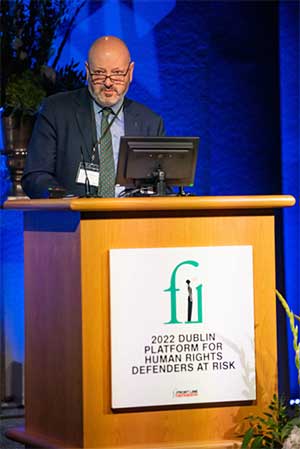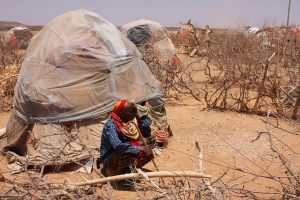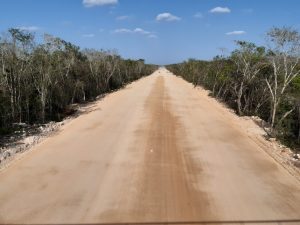NEW YORK, Nov. 02, 2022 (GLOBE NEWSWIRE) —
WHY: Rosen Law Firm, a global investor rights law firm, continues its investigation of potential securities claims on behalf of shareholders of BRP Group, Inc. (NASDAQ: BRP) resulting from allegations that the Company may have issued materially misleading business information to the investing public.
SO WHAT: If you purchased BRP Group securities you may be entitled to compensation without payment of any out of pocket fees or costs through a contingency fee arrangement. The Rosen Law Firm is preparing a class action seeking recovery of investor losses.
WHAT TO DO NEXT: To join the prospective class action, go to https://rosenlegal.com/submit–form/?case_id=9278 or call Phillip Kim, Esq. toll–free at 866–767–3653 or email pkim@rosenlegal.com or cases@rosenlegal.com for information on the class action.
WHAT IS THIS ABOUT: On September 13, 2022, market analyst NINGI Research published a report alleging, among other things, that "BRP has doctored its organic growth rate to beat analysts' estimates" and that "the company misled investors by presenting inorganic revenue as organic revenue through a self–proclaimed separate agreement with an affiliate[.]"
The report also alleges that "in 2020 BRP's proprietary "MGA of the Future' technology was misappropriated by an employee and handed to a competitor, as alleged by BRP in a lawsuit" and that "the company allegedly did not notice the misappropriation until May 2021 but did not disclose the intellectual property theft to investors to date, despite arguing in a lawsuit that the theft has and will have severe damage to BRP's revenue and market share[.]"
On this news, BRP Group's stock fell $2.39 per share, or 7%, to close at $29.98 per share on September 13, 2022.
WHY ROSEN LAW: We encourage investors to select qualified counsel with a track record of success in leadership roles. Often, firms issuing notices do not have comparable experience, resources, or any meaningful peer recognition. Many of these firms do not actually litigate securities class actions. Be wise in selecting counsel. The Rosen Law Firm represents investors throughout the globe, concentrating its practice in securities class actions and shareholder derivative litigation. Rosen Law Firm has achieved the largest ever securities class action settlement against a Chinese Company. Rosen Law Firm was Ranked No. 1 by ISS Securities Class Action Services for number of securities class action settlements in 2017. The firm has been ranked in the top 4 each year since 2013 and has recovered hundreds of millions of dollars for investors. In 2019 alone the firm secured over $438 million for investors. In 2020, founding partner Laurence Rosen was named by law360 as a Titan of Plaintiffs' Bar. Many of the firm's attorneys have been recognized by Lawdragon and Super Lawyers.
Follow us for updates on LinkedIn: https://www.linkedin.com/company/the–rosen–law–firm, on Twitter: https://twitter.com/rosen_firm or on Facebook: https://www.facebook.com/rosenlawfirm/.
Attorney Advertising. Prior results do not guarantee a similar outcome.
Contact Information:
Laurence Rosen, Esq.
Phillip Kim, Esq.
The Rosen Law Firm, P.A.
275 Madison Avenue, 40th Floor
New York, NY 10016
Tel: (212) 686–1060
Toll Free: (866) 767–3653
Fax: (212) 202–3827
lrosen@rosenlegal.com
pkim@rosenlegal.com
cases@rosenlegal.com
www.rosenlegal.com

GLOBENEWSWIRE (Distribution ID 8687895)










